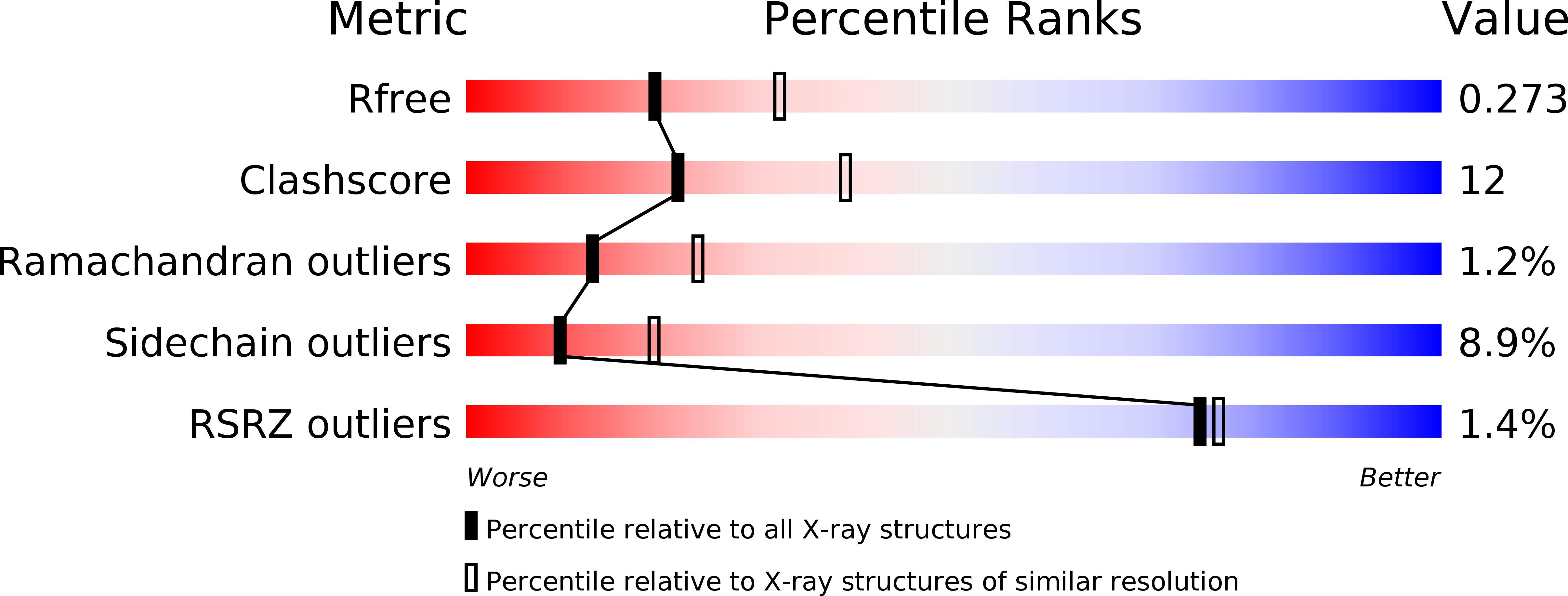
Deposition Date
2013-10-24
Release Date
2014-02-19
Last Version Date
2024-10-30
Method Details:
Experimental Method:
Resolution:
2.49 Å
R-Value Free:
0.27
R-Value Work:
0.20
R-Value Observed:
0.20
Space Group:
P 1 21 1


